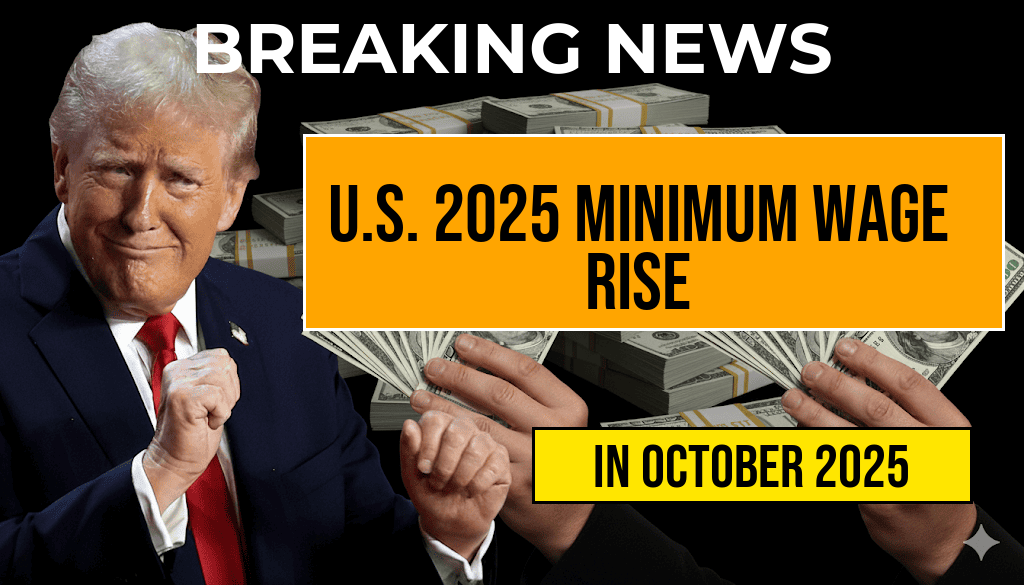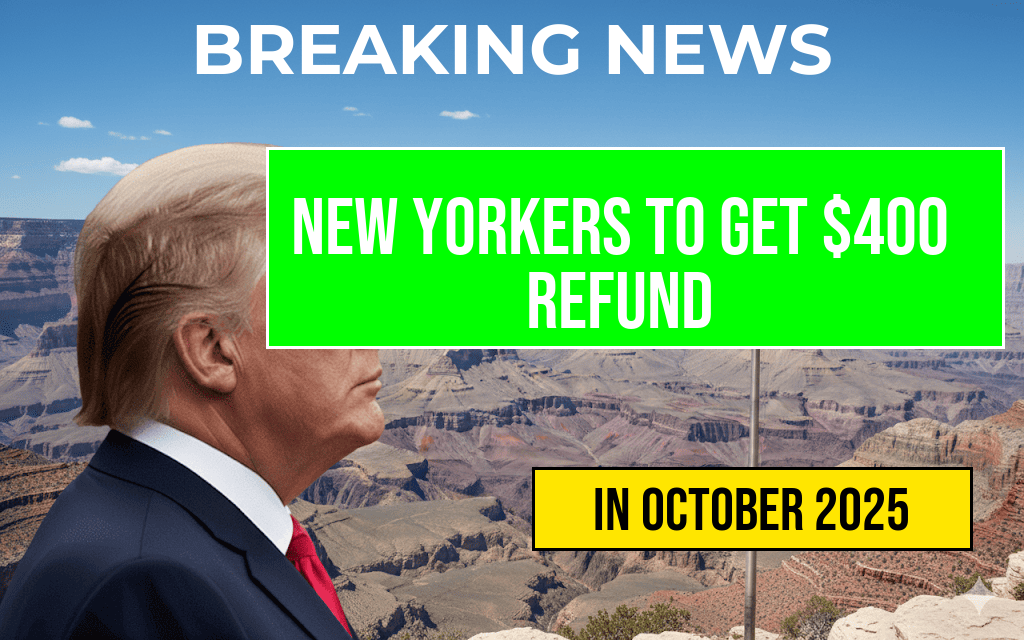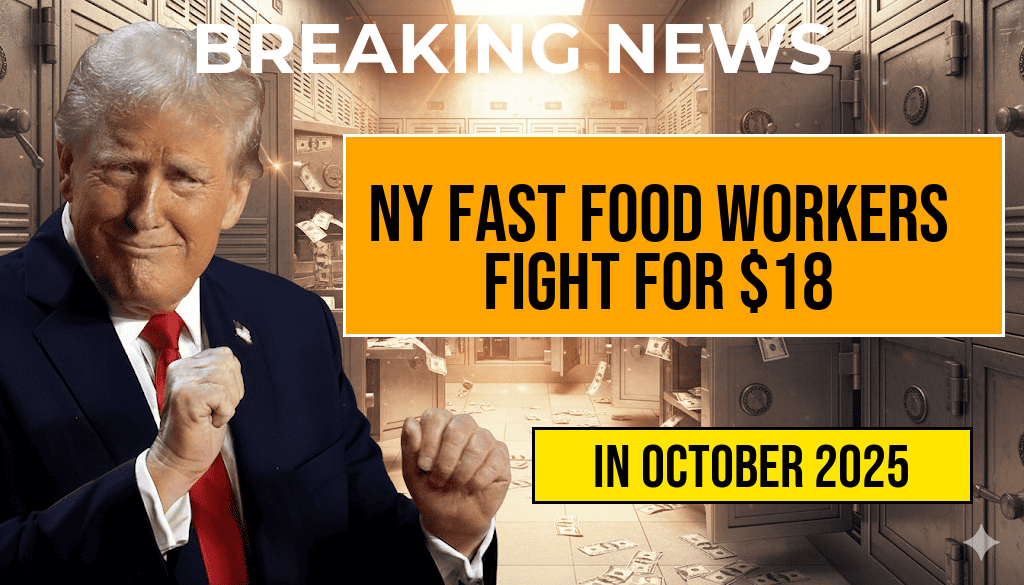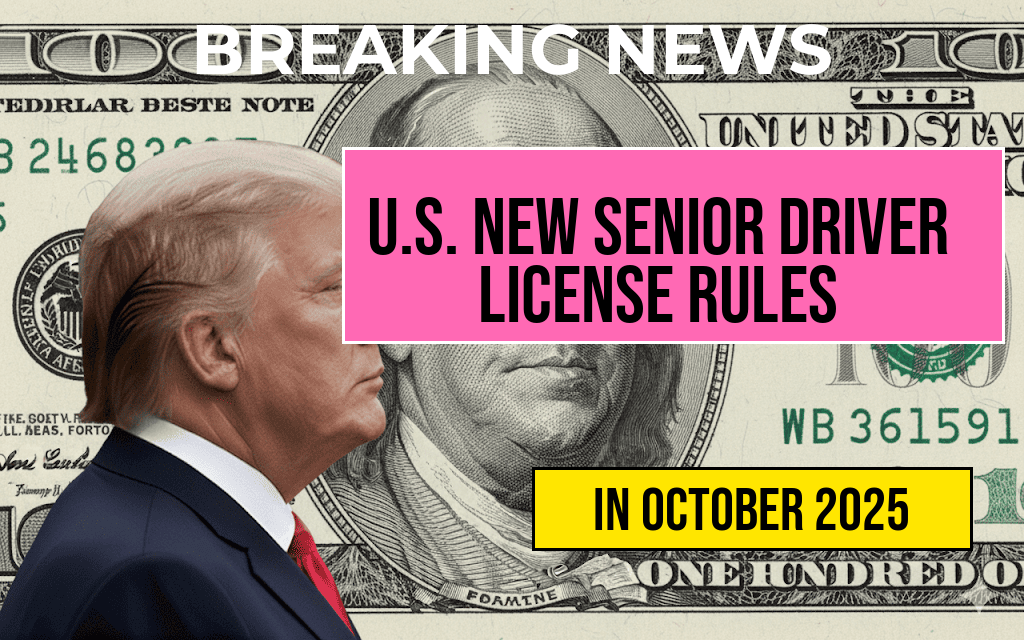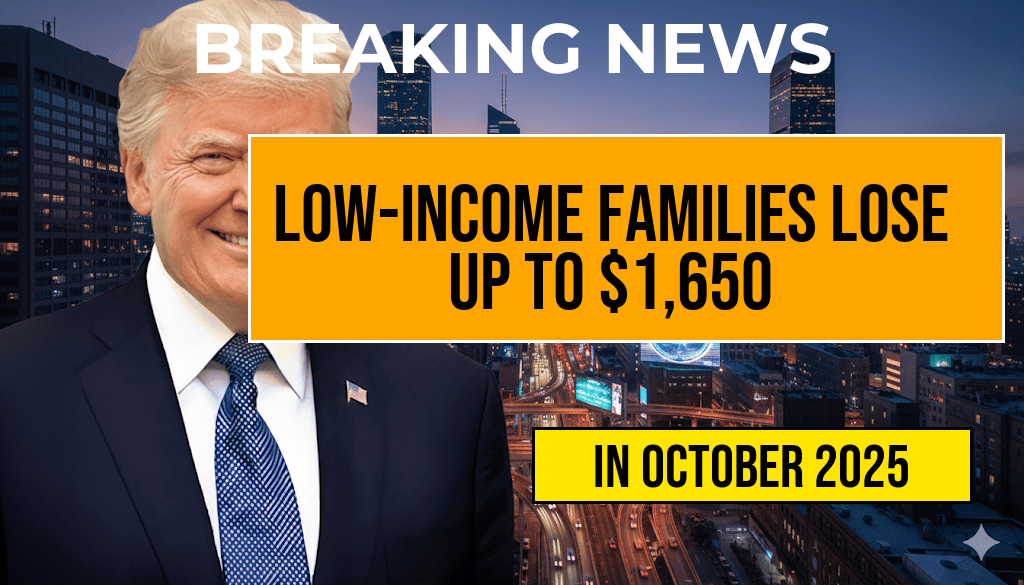Workers at several prominent fast food chains across New York City are escalating their efforts to secure a new minimum wage of $18 an hour, citing rising living costs and demanding fair compensation for their labor. Organized by a coalition of labor advocates and employee groups, the campaign has gained momentum amid ongoing negotiations with franchise owners and city officials. The movement underscores broader debates about wage standards in the fast food industry, where employees often face low pay, limited benefits, and job insecurity. As the city grapples with economic recovery, these workers are pushing for legislative changes that could reshape the landscape of minimum wages within the sector, aligning pay more closely with the cost of living in one of the nation’s most expensive urban centers.
Background of the Campaign
The push for an $18 per hour minimum wage in New York’s fast food sector is rooted in a history of advocacy for better wages and working conditions. Over recent years, labor groups such as Fight for $15 and local unions have organized protests and strikes, highlighting the disparity between fast food workers’ earnings and the city’s living expenses. According to data from the Cost of Living in New York City, the average rent for a one-bedroom apartment exceeds $2,800 per month, and basic groceries are significantly more expensive than in many other U.S. cities.
Despite these economic challenges, many fast food employees are paid the federal minimum wage of $7.25 an hour or slightly above, with some states and localities setting higher standards. New York State’s current minimum wage varies from $14.20 to $15 per hour depending on the region, but advocates argue that these figures are insufficient given inflation and housing costs. The campaign aims to bridge this gap by advocating for a uniform $18 minimum across all fast food outlets within the city.
Key Demands and Strategies
Primary Goals of the Campaign
- Implement an $18/hour minimum wage for fast food workers in New York City.
- Secure improved benefits, including paid sick leave and healthcare access.
- Establish stronger protections against wage theft and unfair labor practices.
- Encourage franchise owners to adopt progressive wage policies voluntarily.
Methods of Advocacy
The coalition has employed a combination of protests, social media campaigns, and negotiations with industry stakeholders. Recently, organized strike actions at key locations, including franchise giants like McDonald’s, Burger King, and Wendy’s, have drawn public attention. Workers have shared their stories through local media outlets and community forums, emphasizing how stagnant wages hinder their ability to meet basic needs.
Additionally, advocacy groups have lobbied city council members and state legislators, urging them to pass legislation requiring higher minimum wages for fast food workers. Some proposals have suggested establishing a city-wide minimum wage floor of $18, citing similar successful efforts in other cities like Seattle and Los Angeles.
Industry Response and Economic Impact
Franchise owners and industry representatives have expressed concern that such wage increases could lead to higher operating costs and potential job cuts. A representative from the National Restaurant Association argued that significant wage hikes might force businesses to reduce hours or automation deployment, potentially impacting employment levels.
| Parameter | Current Situation | Projected After $18 Wage Implementation |
|---|---|---|
| Average Employee Hourly Wage | $10 – $15 | $18 |
| Estimated Monthly Payroll Increase (per store) | $2,000 | Varies by store size |
| Potential Job Impact | Stable or slightly declining | Uncertain; some layoffs possible, others argue for job preservation through increased consumer spending |
Legal and Political Context
The campaign for a higher minimum wage aligns with ongoing debates about labor rights and economic justice in New York. Recent legislative initiatives, such as the city’s push for a $15 minimum wage, have set precedents, but fast food workers argue that these thresholds still fall short of their needs. The city council has shown some openness to raising wages further, but opposition from business groups remains robust.
Legal experts note that implementing an $18 an hour minimum could face legal challenges from franchise owners citing economic hardship or contractual issues. However, advocates contend that progressive wage laws are within the city’s regulatory authority and are necessary to promote fair labor standards.
Public Support and Future Outlook
Polls indicate growing public backing for higher wages for fast food workers, especially among younger voters and urban residents. Community organizations and religious groups have sponsored rallies and petitions, emphasizing that fair pay is essential for economic equity and social stability.
As negotiations continue, the campaign’s success hinges on both political will and industry cooperation. Some analysts suggest that a compromise might emerge, such as phased wage increases or targeted subsidies for small businesses. Labor advocates remain committed to their goal of establishing a $18 minimum wage, viewing it as a crucial step toward addressing income inequality in one of the nation’s most expensive cities.
Frequently Asked Questions
What is the main goal of the New York fast food workers’ campaign?
The primary goal of the campaign is to advocate for a $18 an hour minimum wage for fast food workers across New York, aiming to improve their working conditions and ensure fair compensation.
Why are fast food workers in New York demanding a higher minimum wage?
Fast food workers are demanding a higher minimum wage because many currently earn wages that are insufficient to cover basic living expenses, leading to financial insecurity and a desire for better pay and economic stability.
What strategies are the workers using to push for their wage increase?
The workers are organizing , engaging in collective bargaining, and lobbying local policymakers to support legislation that mandates a $18 an hour minimum wage for fast food employees.
How could this campaign impact the fast food industry in New York?
If successful, the campaign could lead to wage increases across the industry, potentially improving worker retention and overall working conditions, while also setting a precedent for other regions.
What are the potential challenges faced by the workers’ campaign?
Challenges include opposition from industry employers, possible pushback from political and economic interests, and the need to mobilize enough support from policymakers and the public to achieve legislative change.

